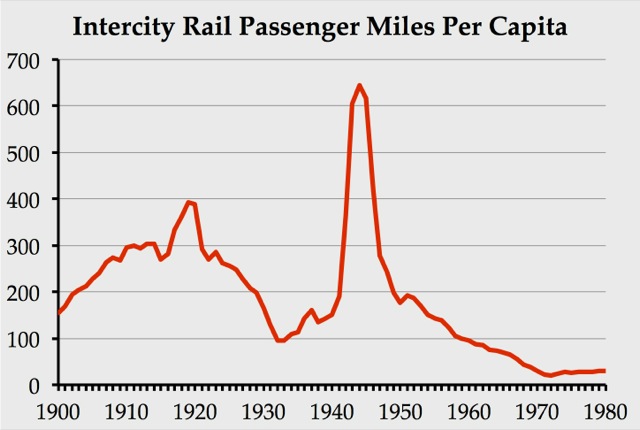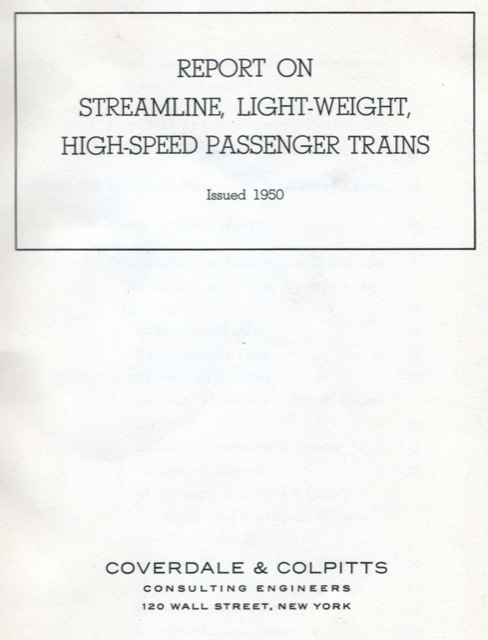In 1944, Cyrus Osborn, a General Motors vice president in charge of its Electro-Motive Division that built Diesel locomotives, rode in the cab of a Rio Grande Diesel through Glenwood Canyon in Colorado. “If the traveling public only knew what they could see from the operating cab of a Diesel locomotive or caboose of a freight train,” he remarked afterwards, “the railroads could sell seats in these two places at $500 apiece and always keep them full.” That night, on stationery from the Hotel Utah, he sketched an idea for the first modern dome car that would offer a view even better than from a locomotive cab: a car with a bubble on top giving passengers 360-degree views of the landscape.
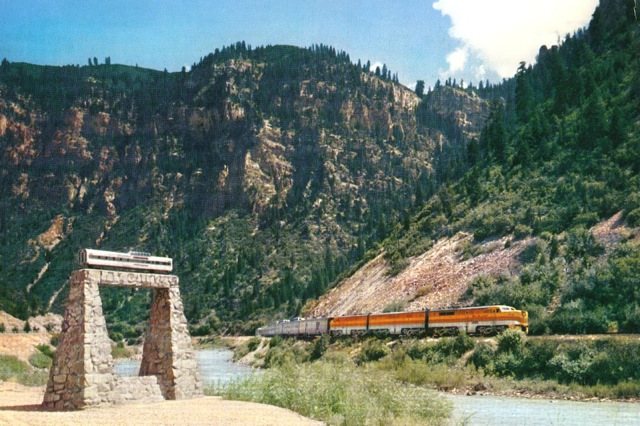
“A monument to an idea.” The Rio Grande Railroad erected this memorial in Glenwood Canyon, where Osborn first conceived the modern dome car, in 1950. When Interstate 70 was expanded in this location, the monument was moved to the Colorado Railroad Museum in Golden, where it can still be seen today. Click image for a larger view of this postcard, which shows the Alco PA-powered California Zephyr, with its five dome cars, in the background.
Osborn shared his idea with other railway executives, and Ralph Budd of the Burlington immediately told his mechanical chief to cut a hole in the top of the next Budd-built coach to go through the railroad’s shops and put a dome in it. The car happened to be called “Silver Alchemy,” but after the dome was installed, it was renamed “Silver Dome.” The railroad introduced it to the public in 1945.
Continue reading →
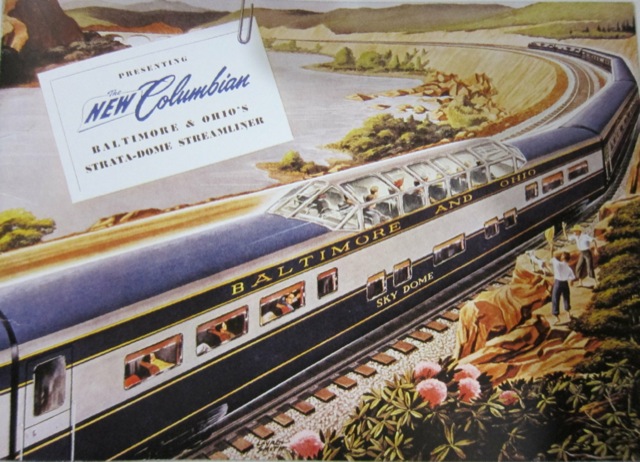
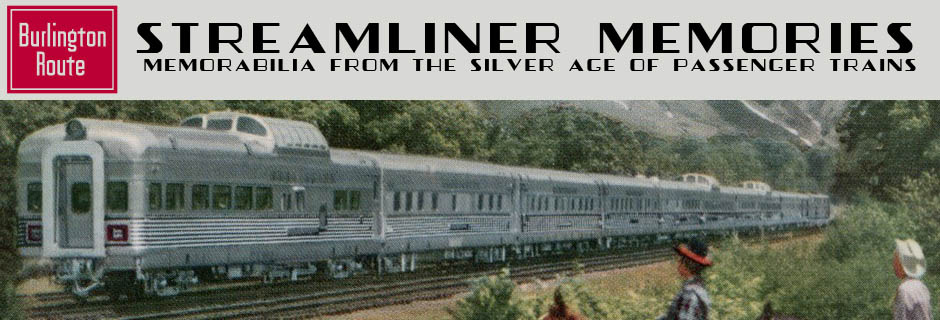
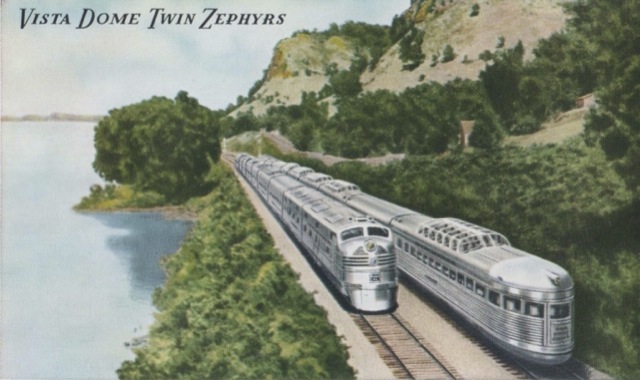

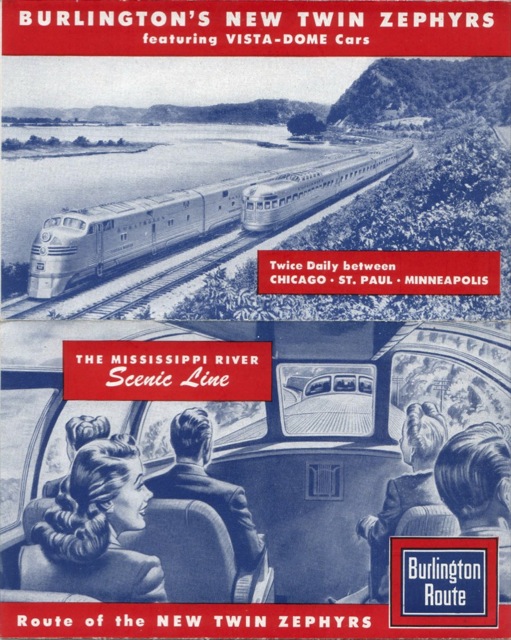
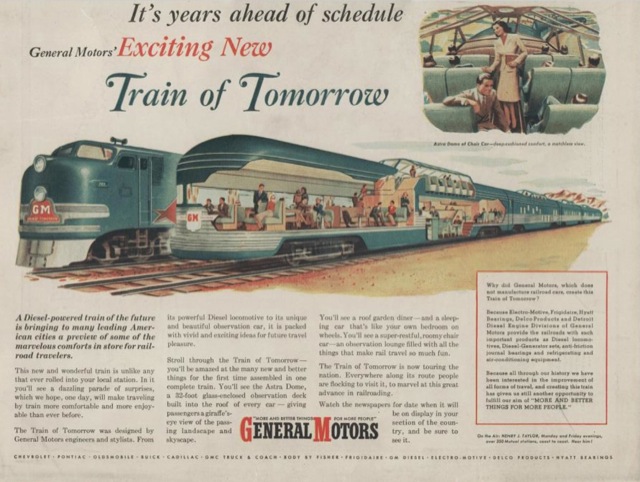
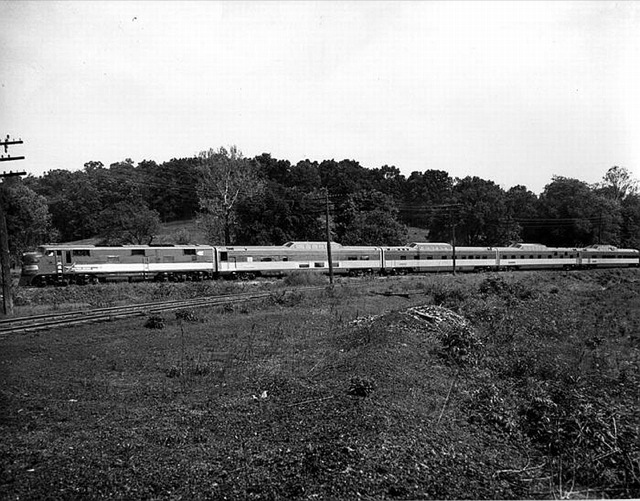
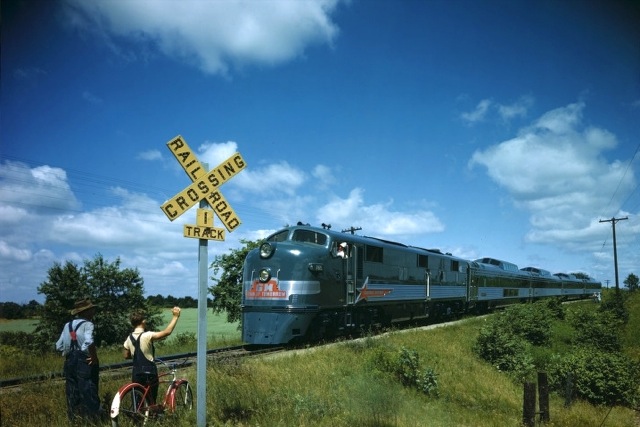 General Motors staged this photo of the Train of Tomorrow near Lake Orion, Michigan.
General Motors staged this photo of the Train of Tomorrow near Lake Orion, Michigan.

